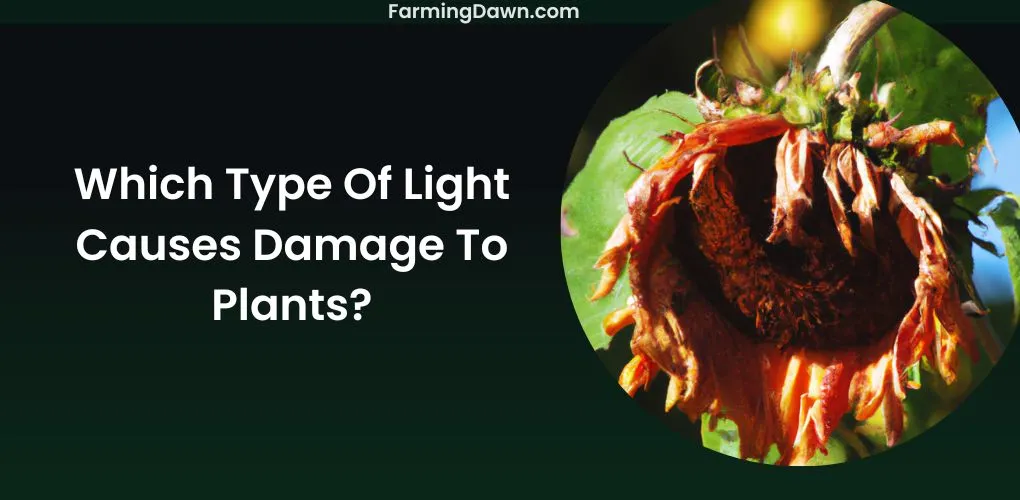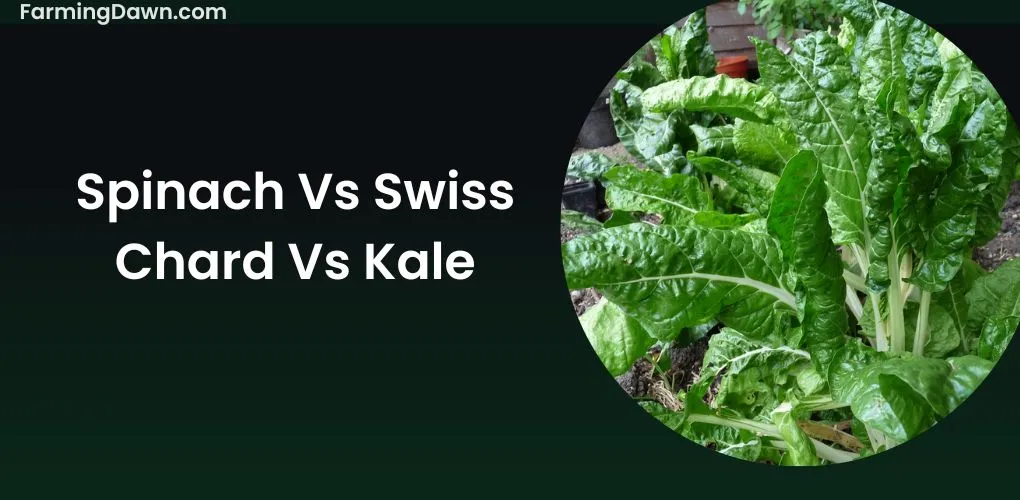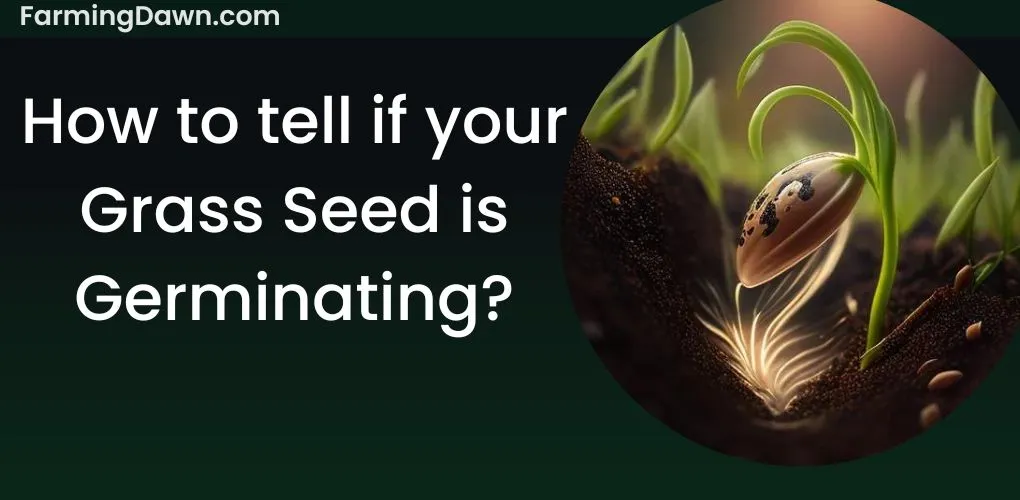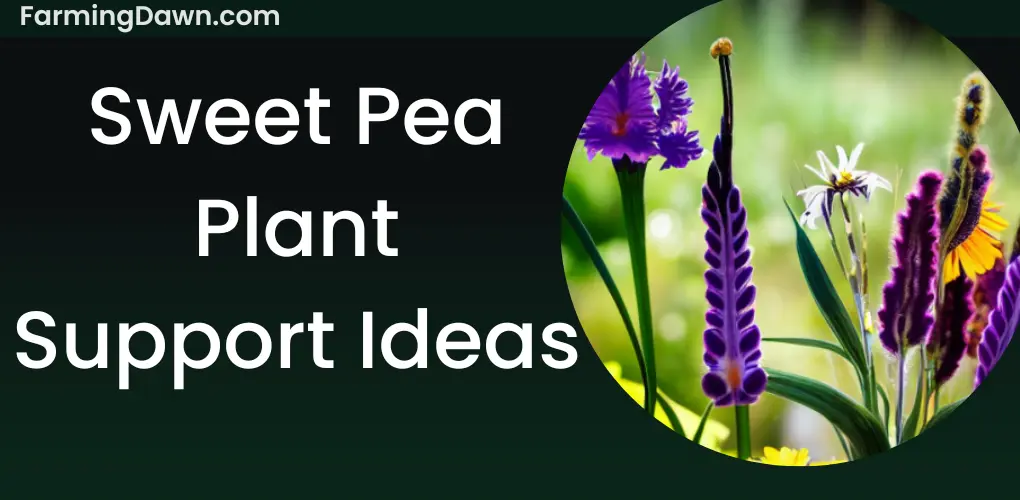As the saying goes, “Too much of a good thing can be bad”. This popular phrase applies to plants and the light they need to thrive. While light is essential for photosynthesis, too much or the wrong type of light can have disastrous results.
In this article, we’ll explore which type of light causes damage to plants and what strategies you can use to minimize damage caused by overexposure. So, if you’re looking for ways to keep your beloved botanicals healthy and thriving, read on!
Do Plants Absorb All Types of Plants?
You don’t necessarily need to worry about all types of light affecting your plants negatively. Plants, in general, absorb all types of light for photosynthesis. However, in some cases, too much UV light can be damaging to plants.
Prolonged exposure to high levels of UV radiation can cause sunburn and other types of damage to the leaves and other parts of a plant’s body. To protect your plants from this kind of damage, you may want to consider installing a UV filter or taking steps to reduce the amount of direct sunlight that reaches them.
When using artificial lighting indoors for your plants, it is essential to use LED lights with UVA/UVB protection as they are less likely to cause any harm.
See more: What are pothos light needs for optimum growth?
Does UV Light Hurt Plants?
You may be wondering if plants need UVA or UVB light to thrive, and the answer is yes. Exposure to certain levels of both forms of ultraviolet radiation can be beneficial for plants, helping to promote healthy growth and development.
Depending on the intensity and length of exposure, UV radiation can have an impact on plants in either a good or harmful way. While plants have some built-in defenses against UV rays, exposure to UV light in excess or for an extended period of time can be damaging. Let’s discuss this in detail in the next section.
Do Plants Need UVA or UVB Light?
You may be wondering about the role of UVB and UVA light in helping plants grow. LED grow lights are often used for indoor plants, but do they contain the necessary UVB to help plants thrive? Additionally, while UVA can cause damage to some plants, it can also encourage growth in others.
In comparison to UVB radiation, UVA light is typically thought to be less hazardous to plants. It has been discovered to participate in a number of physiological processes and can permeate plant tissues. When exposed in excess, UVB light can harm plant tissues because it is more energetic.
The majority of indoor plants and those grown outdoors under normal circumstances receive enough UVA and UVB radiation as part of the natural light spectrum.
However, gardeners may think about adding extra UVA or UVB light to simulate natural conditions in some circumstances, such as when growing plants indoors without access to natural sunshine or when utilizing specialized indoor lighting systems.
It is important to understand both types of light and how they interact with different species of plants before deciding on which type of lighting is best for your garden.
Also, learn about whether do succulents need the sun or not for successful growth.
Do LED grow lights have UVB?
Believe it or not, LED grows lights are SO powerful they actually contain UVB rays that can cause serious harm to plants! Despite its small size, an LED light is a surprisingly potent source of ultraviolet radiation.
By understanding the type of UV light emitted by LED grow lights and how it affects plants, you can make sure your plants get the right kind of lighting for healthy growth. The two main types of UV light found in LED grow lights are UVA and UVB.
While UVA is generally harmless to plants, UVB can cause serious damage if it’s too intense over time. To ensure maximum safety for your plant while still getting the benefits of LED lighting, invest in a good-quality filter that will block out any harmful levels of UV radiation from your LED grow lights.
Does UVA help plants grow?
UVA is actually beneficial for plants, providing them with the necessary energy to grow and thrive! Ultraviolet light (UV) is an essential requirement for most plant species.
Furthermore, UV-A also helps in photosynthesis by increasing the efficiency of chlorophyll production in plants. This means that more energy can be produced from fewer photons compared to other optical wavelengths.
5 Harmful Effects of UV Radiations on Plants.
You may be wondering how long UV light should be left on plants to cause damage. The answer is that it depends on the type of plant and the intensity of the radiation. While some plants can withstand constant exposure, others are more sensitive and only require brief periods of time to suffer harm from UV radiation.
Understanding these principles is essential for protecting your plants from potential damage due to overexposure to UV radiation. Let’s take a closer look at how ultraviolet light affects different types of plants and explore ways to mitigate its potentially harmful effects.
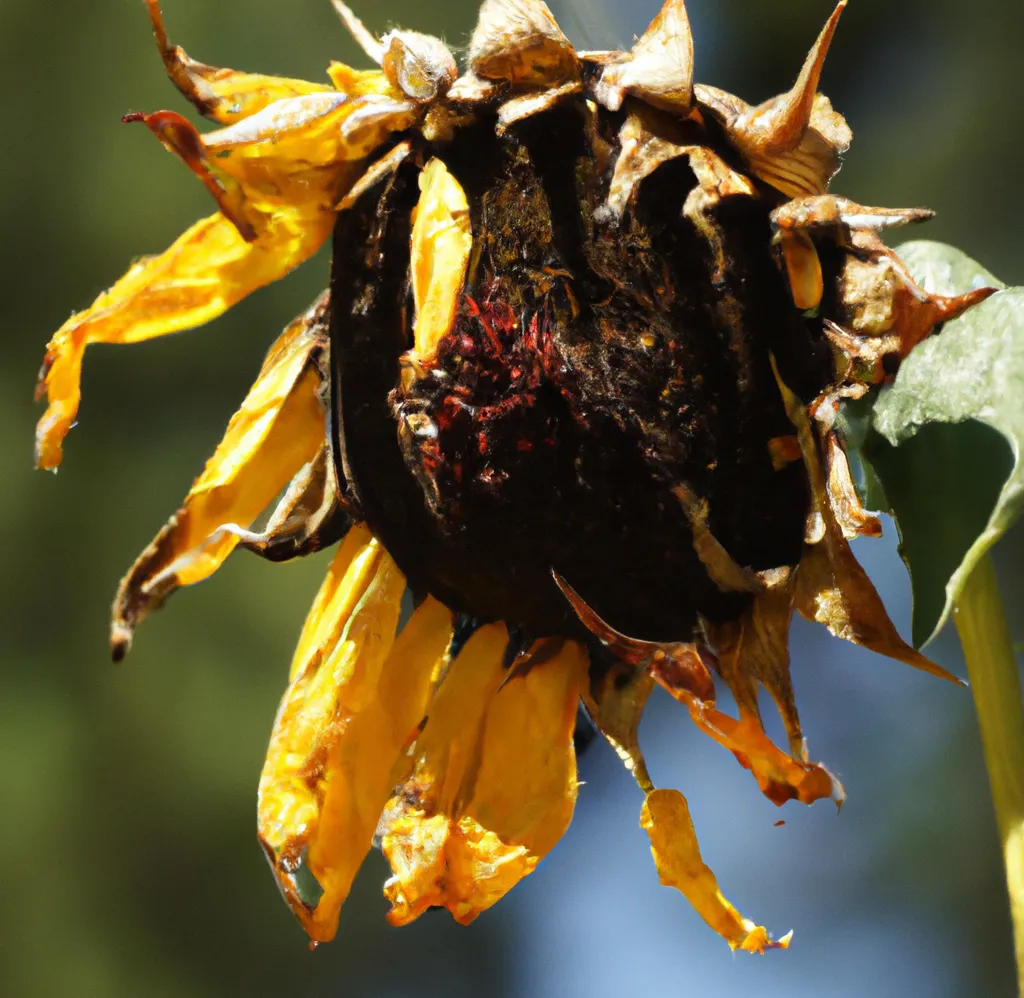
- DNA Damage: UV rays can harm the DNA, or “instructions,” found inside plant cells. These instructions may vary as a result, which may cause issues with how the plant develops and works.
- Reduced Photosynthesis: Plants may find it more difficult to convert sunshine into food when exposed to excessive UV radiation. This can stunt their development and weaken them.
- Leaf Damage: UV light may physically injure plant leaves, causing color changes, spotting, or even death. For plants, it feels like a sunburn!
- Reduced Nutrient Uptake: UV radiation can hinder plants’ ability to absorb and use vital nutrients from the soil. They can become weaker and more prone to illness as a result.
- Altered Plant Physiology: UV light has the potential to interfere with natural plant physiological processes. It may have an impact on how they develop, generate hormones, and manufacture chemicals that keep them healthy. The plants’ growth and operation may be hampered by this interruption.
How long do you leave UV light on plants?
How long do you think it’s safe to leave UV light on your precious plants? Leaving UV light on for extended periods of time can be very damaging to your plants, as too much exposure can lead to leaf burn.
To help prevent this, try limiting the amount of time that your plants are exposed to UV light. Generally speaking, grow lights should only be left on for 8-12 hours per day as any longer could cause harm.
However, it is important to remember that the intensity and type of the lighting also matter; fluorescent lights may need less time than high-intensity discharge lamps, while some types of LED lights may require more time than other types.
Please note that not all grow lights emit ultraviolet (UV) radiation, so make sure you choose a type that does if you want maximum plant growth and health.
What Types of Light Affect Photosynthesis?
Understanding what type of light is best or worst for photosynthesis can help us better understand how to use light and its different colors to create the most favorable environment for plants.
You may be wondering which colors of light are best and worst for photosynthesis, as well as what type of light is least effective. All these questions are important when considering the best conditions for plant growth.
Photosynthesis is a complex process that requires the right kind of light in order to maximize energy production, so it’s essential to consider all aspects of this process when deciding on an ideal lighting solution.
What is the best and worst light for photosynthesis?
Photosynthesizing plants need the right light to thrive, but too much or too little can be detrimental. The best light for photosynthesis is a combination of blue and red light, also known as grow lights.
These lights provide the right amount of energy to support plant growth and development while avoiding any damage from UV radiation. On the other hand, ultraviolet (UV) light can have damaging effects on plants if they are exposed to it for an extended period of time.
Ultimately, choosing the correct lighting system for your garden will allow you to maintain beautiful healthy plants with no negative effects from UV or blacklight exposure.
Which light is least effective in photosynthesis?
Choosing the wrong light for your plants can have serious consequences; understanding which light is least effective in photosynthesis is key to keeping them healthy and vibrant. Grow lights are an excellent solution since they provide the spectrum of light that best stimulates plant growth, but too much UV light can be harmful.
While UV rays play a role in photosynthesis, prolonged exposure to high levels of UV radiation can cause damage to a plant’s structure and reduce its overall health.
To ensure that your plants get just enough sunlight without any negative effects, invest in grow lights with adjustable levels of UV so you can control exactly how much your plants receive.
What colors of light are best and worst for photosynthesis?
Photosynthesis is the process by which plants use light energy from the sun to create glucose. Different colors of visible light are better or worse for this process – think to grow lights UV, UV light good for plants, black light for plants, and do UV lights help plants grow?
Plants absorb mostly red and blue-violet wavelengths from sunlight, while green and yellow are reflected back. The most efficient method of providing your plants with photosynthetically active radiation (PAR) is to use specialized grow lights that provide a full spectrum of visible light in a balanced proportion.
How Too Much Light Affects Your Plants?
Too much light can be harmful to your plants, so it’s important to know how much they need! Knowing which type of light causes damage to plants and whether grow lights contain UV is key when creating the perfect environment for your plants.
While UV light can be beneficial for some plant growth, too much of it can cause dehydration or sunburn. It’s important to understand that not all grow lights are equal when it comes to providing the right amount of UV light.
For example, some LED grow lights don’t produce as much heat as other kinds and are a great option if you want to avoid potential sunburn or dehydration in your plants due to excess UV exposure.
What Is the Best Light for Plants?
Finding the optimal lighting for your plants can be a challenge, but it’s totally doable! With so many options out there, you’ll want to ensure you pick something that won’t harm your precious greens. But I personally use these two options:
- Natural Light
- Artificial Lighting (fluorescent lamps or LED lights)
Natural light from the sun is ideal as it provides balanced and adequate amounts of ultraviolet (UV) radiation – the type of light that is needed for photosynthesis. However, too much UV radiation can cause damage to some plants.
Artificial lighting such as fluorescent lamps or LED lights are great alternatives when natural sunlight isn’t available. To get the best results, adjust the level and duration of light according to what works for your individual plant species; this will help keep them healthy and thriving!
Strategies to Minimize Light-Related Plant Damage
You can avoid light-related plant damage by taking an innovative approach and adjusting the level and duration of lighting according to your individual plants’ needs so that they stay healthy and happy!
1) Viewing your plants as unique living creatures with their own needs will help you determine the best amount of light for each one.
2) Experimenting with different settings, such as moving them closer or farther away from windows or changing up the time of day when they receive light, may yield positive results.
3) Additionally, considering any environmental factors that may be affecting your plants’ exposure to light can be beneficial in preventing damage.
By carefully monitoring how much light each plant receives and adjusting accordingly, you can ensure that it remains healthy and vibrant for years to come!
Which Type of Light Causes Damage to Plants? Take Away
You’ve come to the end of your journey learning about which type of light can damage plants. You now understand that too much UV radiation can be harmful to plants and that excess light can also have negative effects on photosynthesis.
The best way to ensure your plants are healthy is by finding the balance between optimal lighting and shading. Take the time to observe how different types of light affect your plants, and adjust accordingly.
It may seem daunting at first, but it’s worth investing in this process for a more vibrant garden! By understanding the power of light, you’re taking one step closer to becoming a master gardener.

